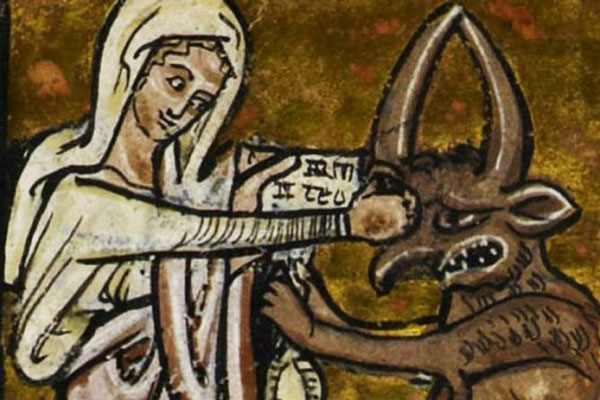News

Hell Hath No Fury: New book examines early Christian ideas of afterlife
Just 20% of people believe in hell. Still, early Christian ideas about the underworld — and who is punished there — echo in society today, religious studies scholar Meghan Henning writes in her new book, Hell Hath No Fury.
“What’s important about hell is that it does not just describe punishment, it decides and prescribes who is culpable,” Henning said. “When we look at Christian texts about the afterlife, hell is not an equal opportunity punisher. Women are often tortured for crimes like adultery while their male counterparts are noticeably absent.”
Henning’s findings, in what is described as the first major book to examine ancient Christian literature on hell through the lenses of gender and disability studies, draw from relatively obscure texts that offered “tours of hell.” Popular among early Christians for their specific depictions of how people would be punished for sins — details lacking in the New Testament. In these texts, a saint or apostle, even the Virgin Mary, is guided through hell by someone who explains the sins and tortures they see.
“The punishments are meant to ‘fit the crimes,’” said Henning, associate professor of Christian origins. “Slanderers, for example, chew their tongues. Yet, we find clear double standards. In his most famous sermon, Jesus preached that men should avoid hell by plucking out their eyes rather than looking lustfully upon a woman. So it’s pretty remarkable that later Christian hells see chastity as the purview of women and women alone.”
Henning said that while the tortures in these tours of hell are imaginary, the depictions had a real impact by reinforcing the idea that people in authority have the right to make rules and decisions about women’s bodies.
“This is one of the first places that we see women’s bodies become communal and public property,” Henning said. “That legacy is still felt in modern society and decision making. Even a cursory glance at school dress codes remind us that we are not so far removed from a world in which women’s bodies are hypersexualized and policed. So while we might want to congratulate ourselves on how far we have come from these scenes of fiery torture that disproportionally affect women, the gendered stereotypes are not as remote as we might imagine.”
